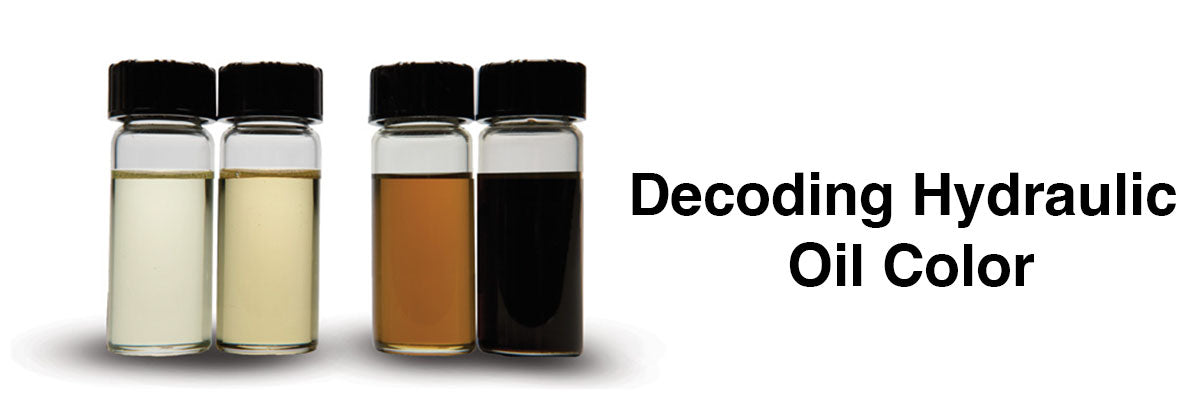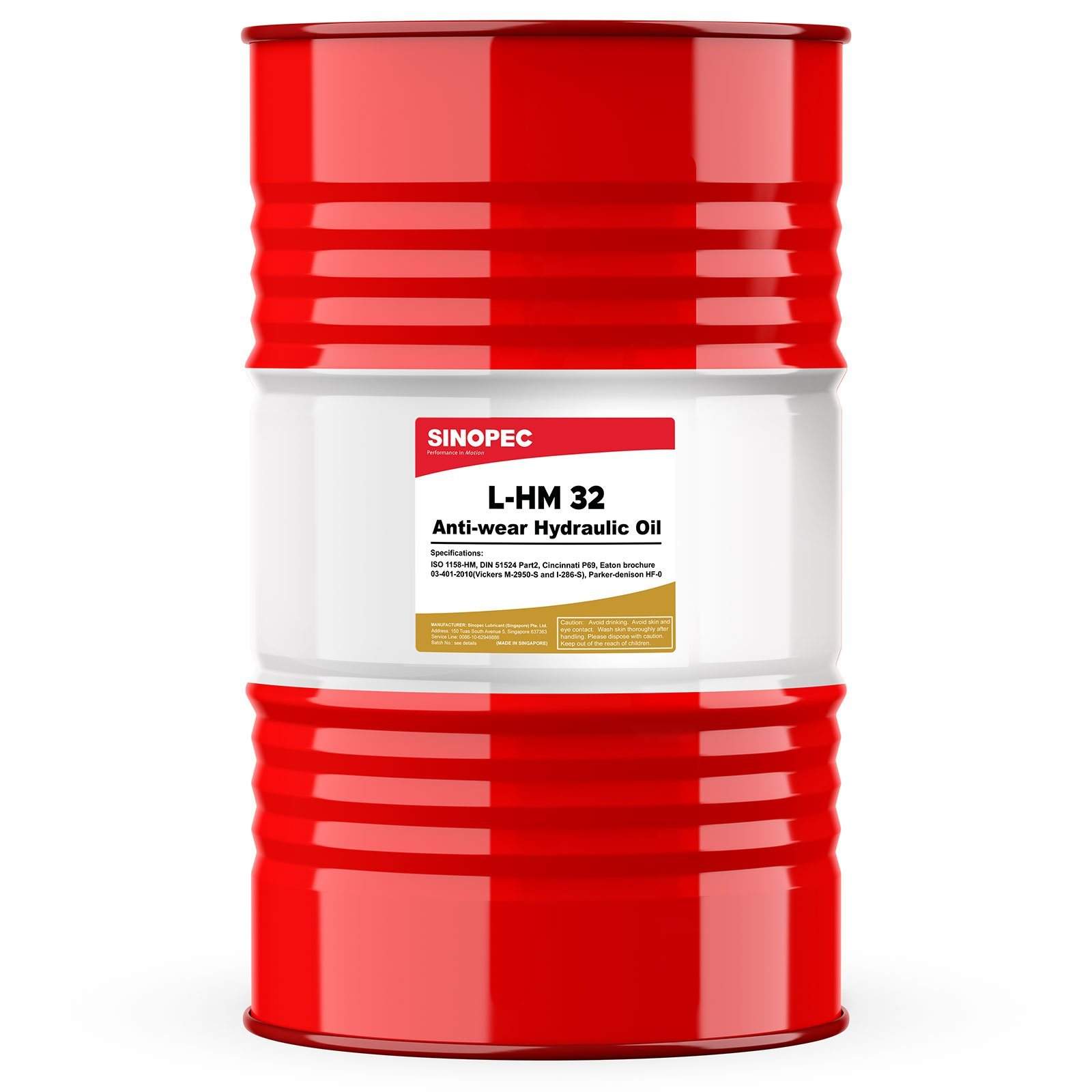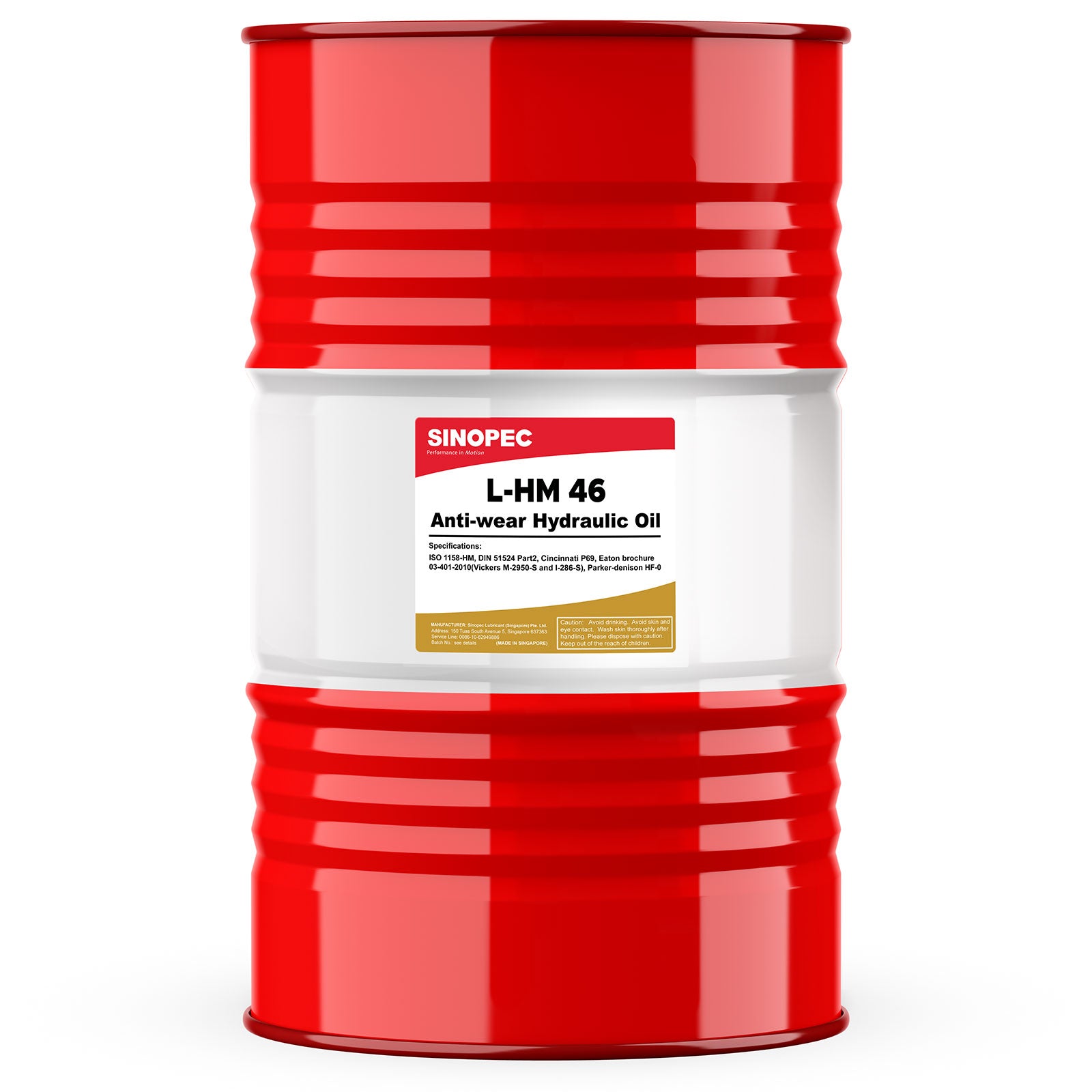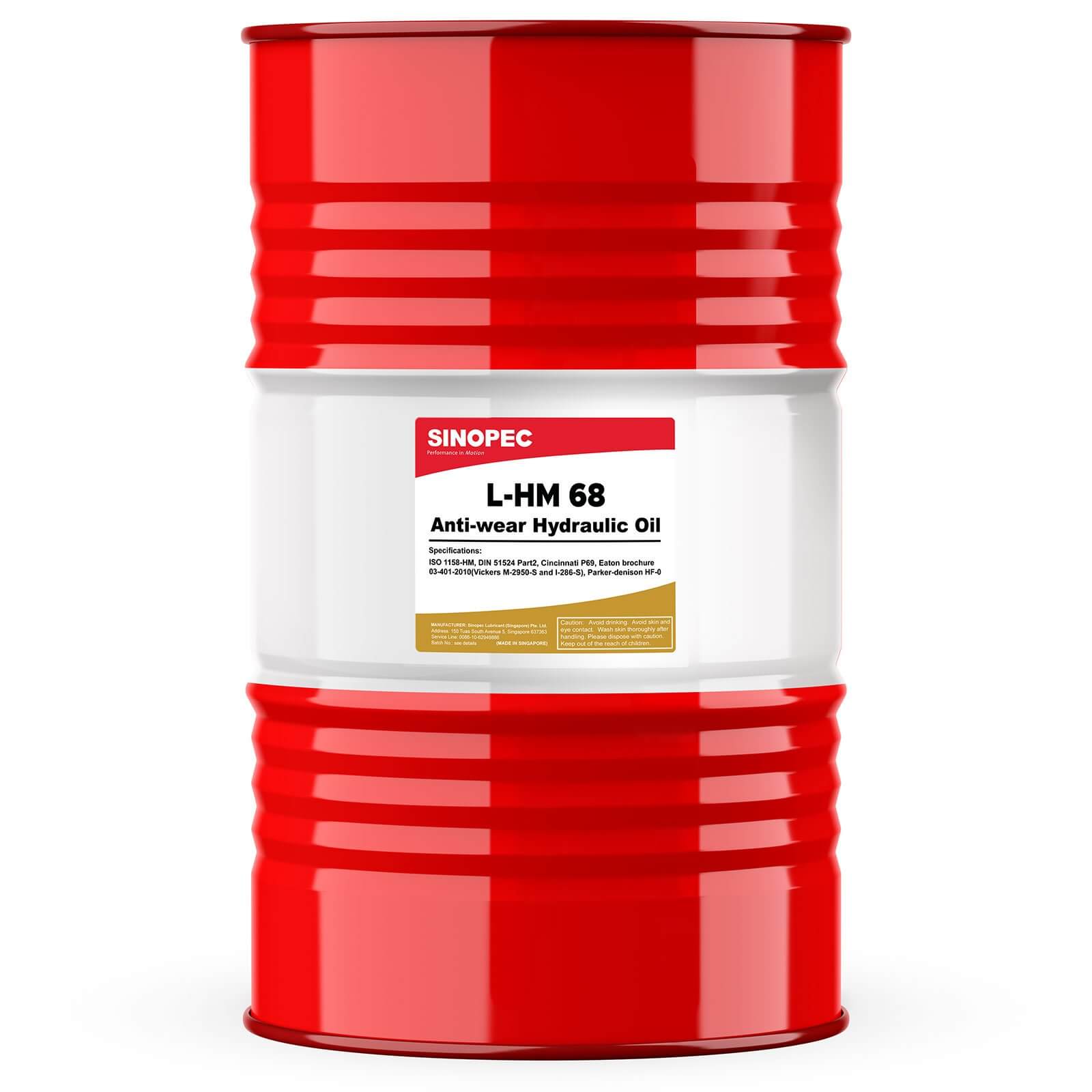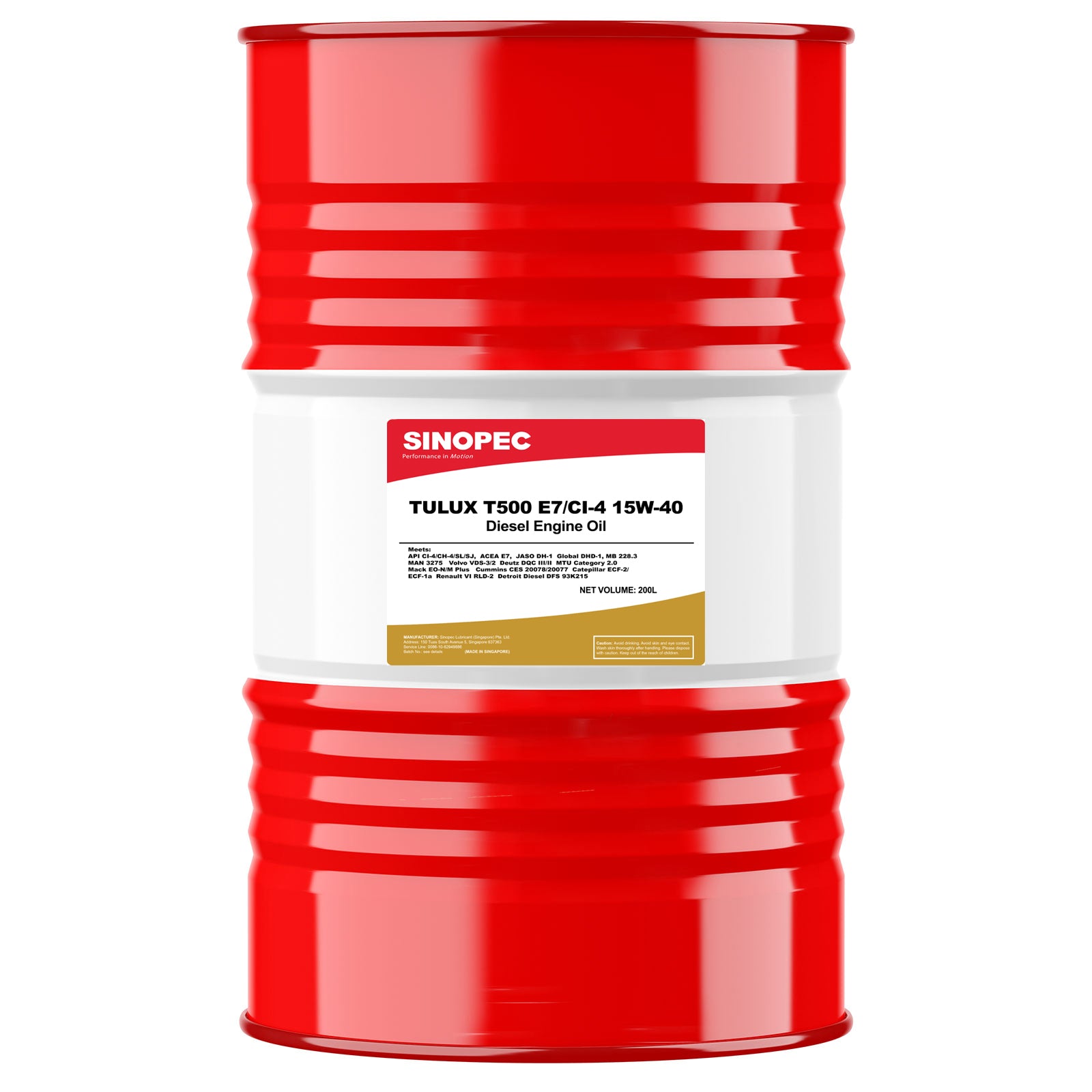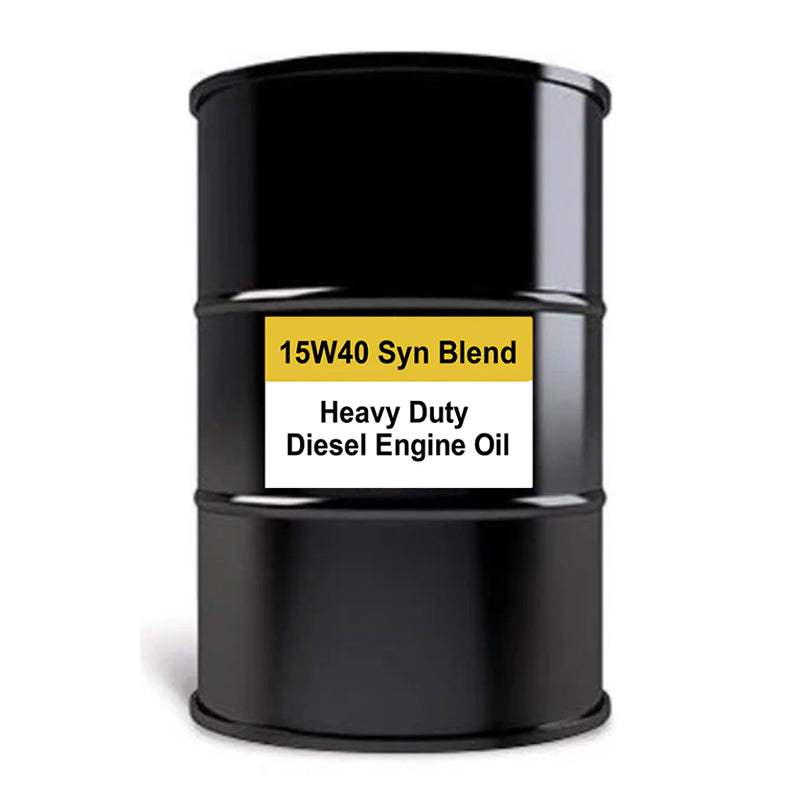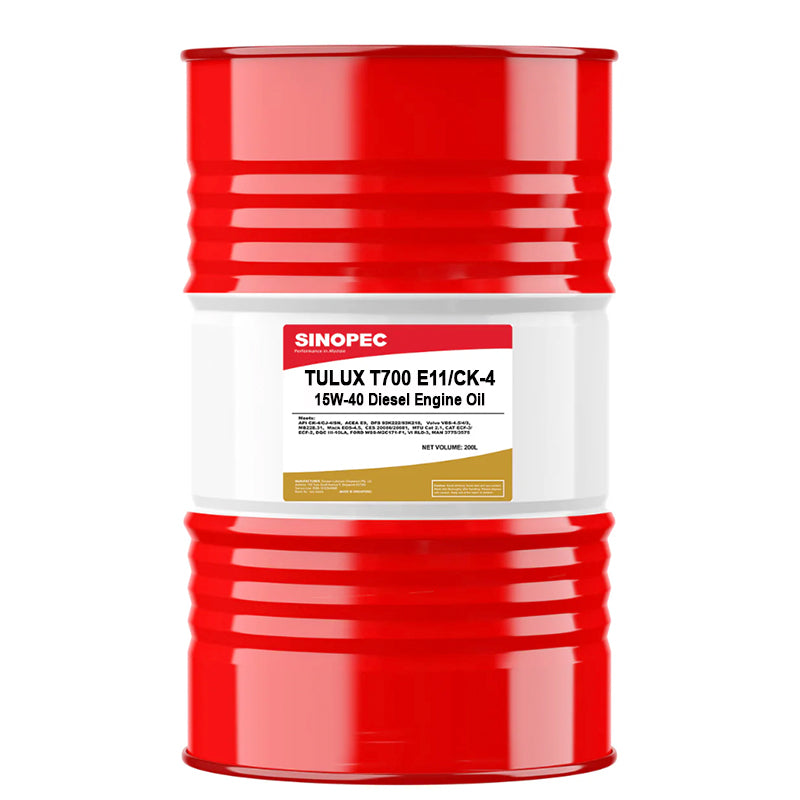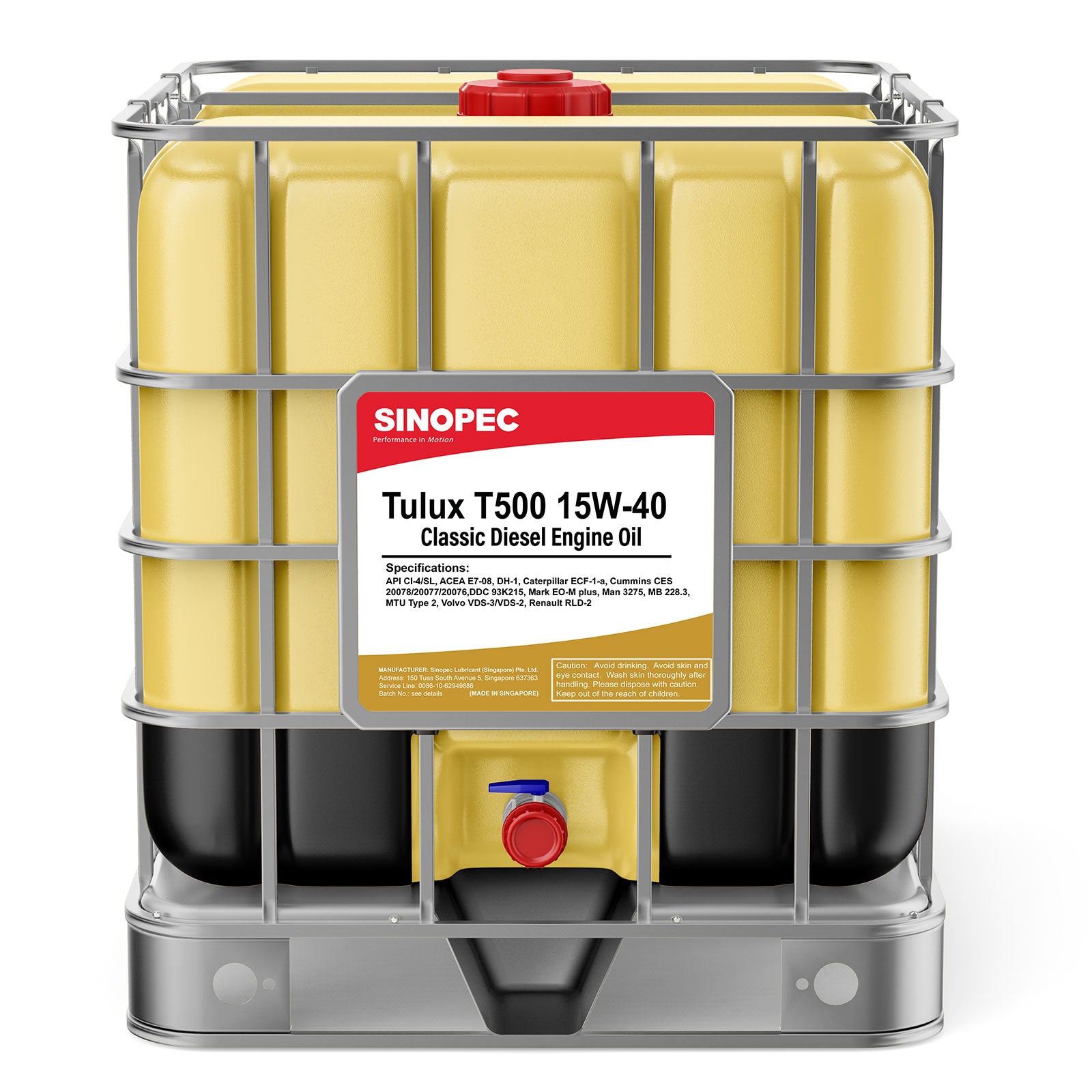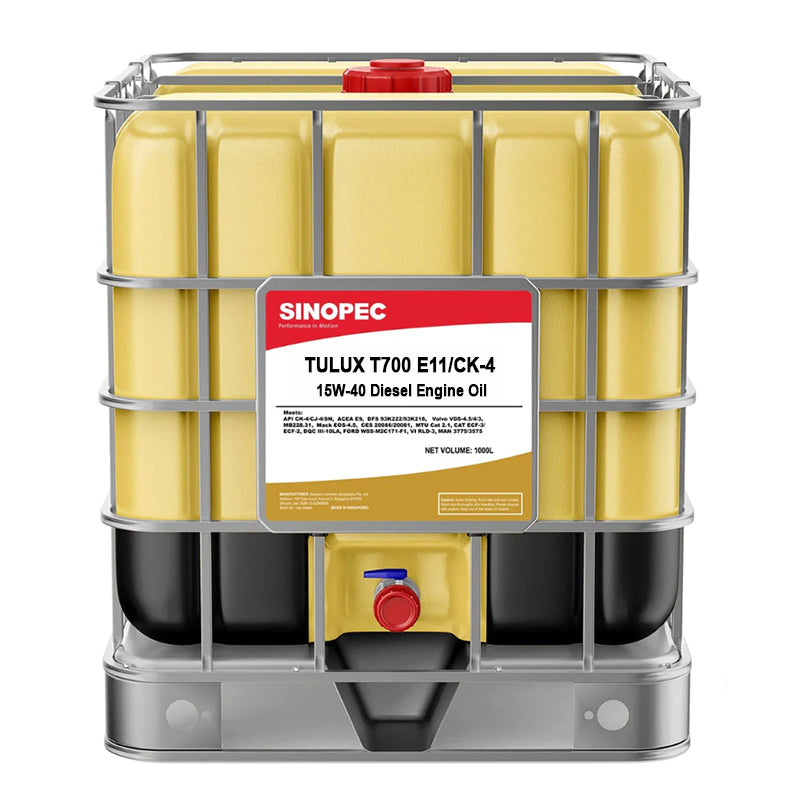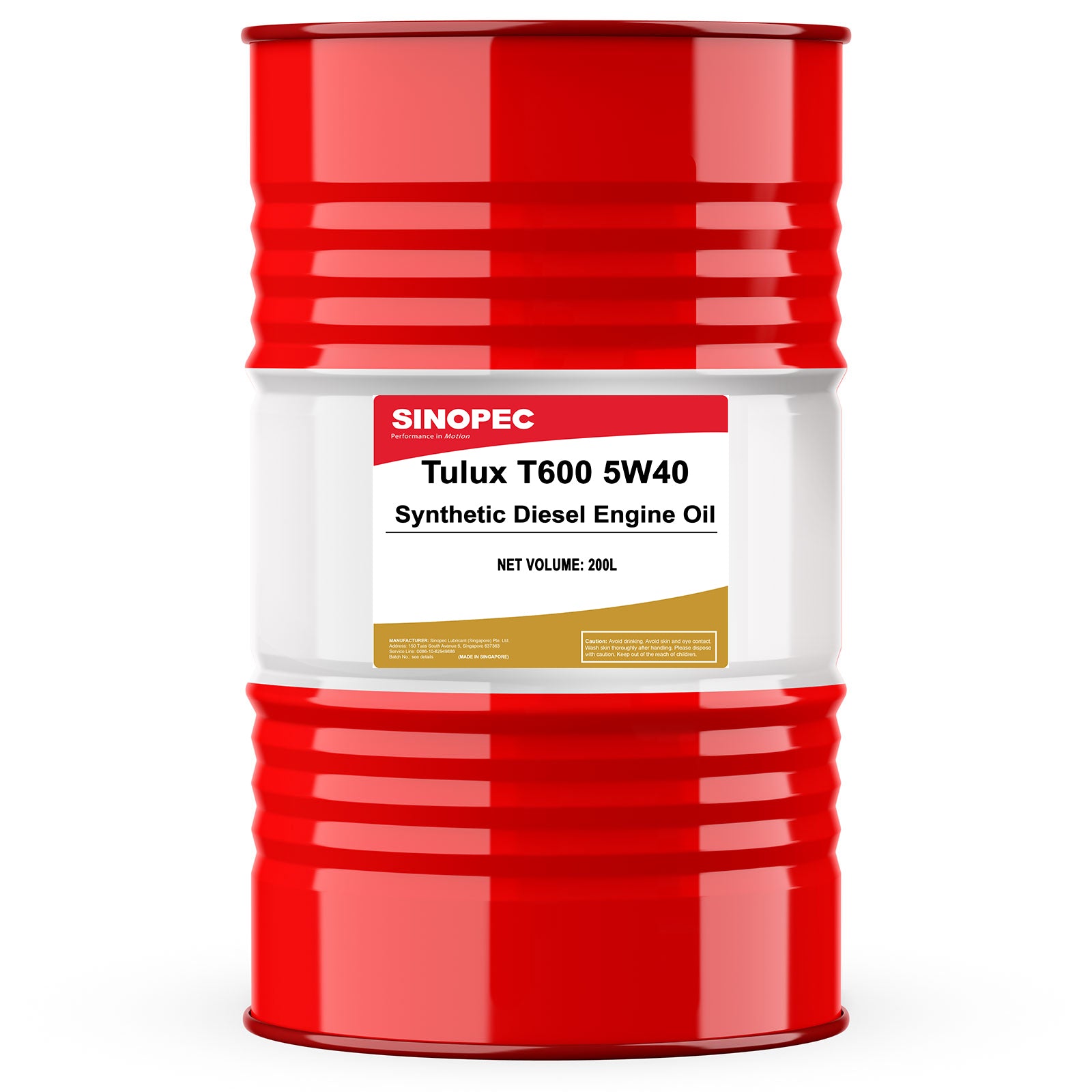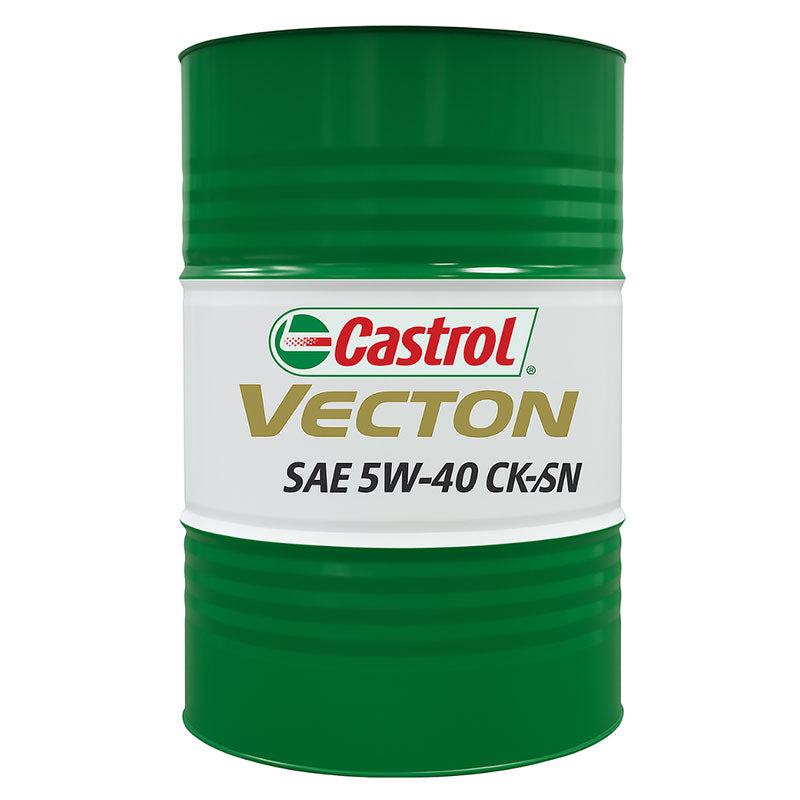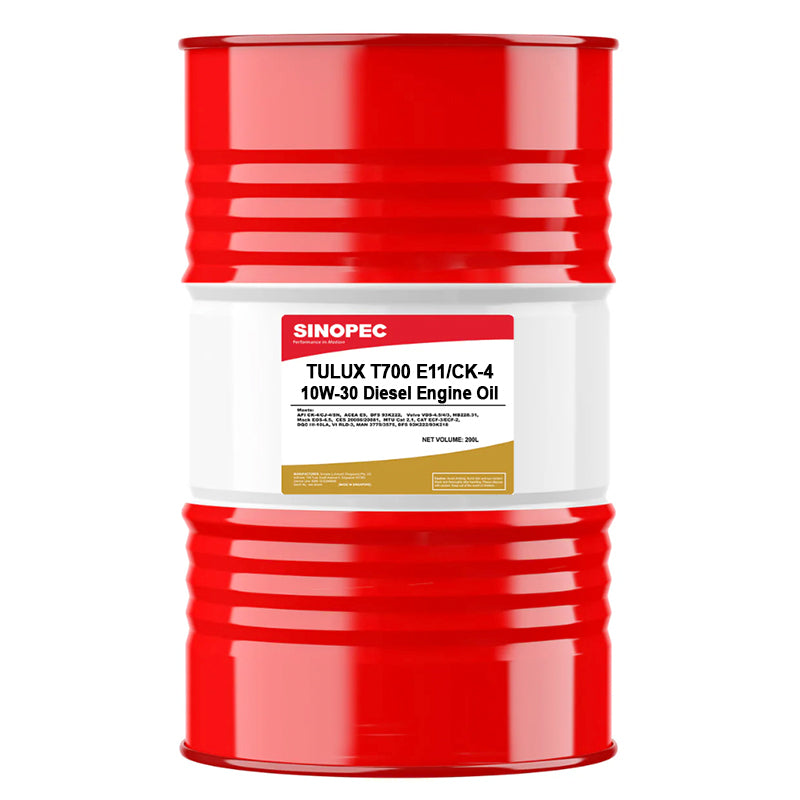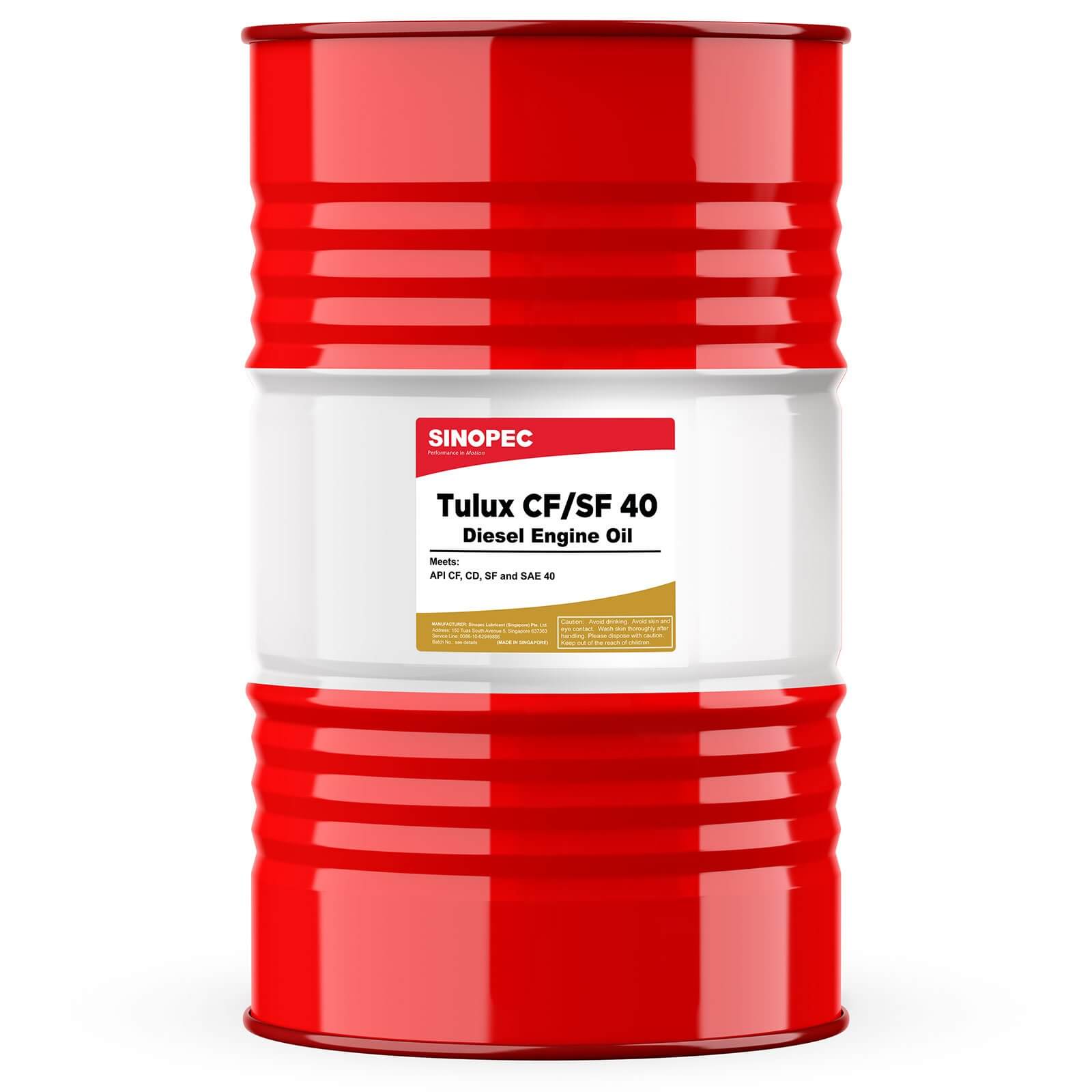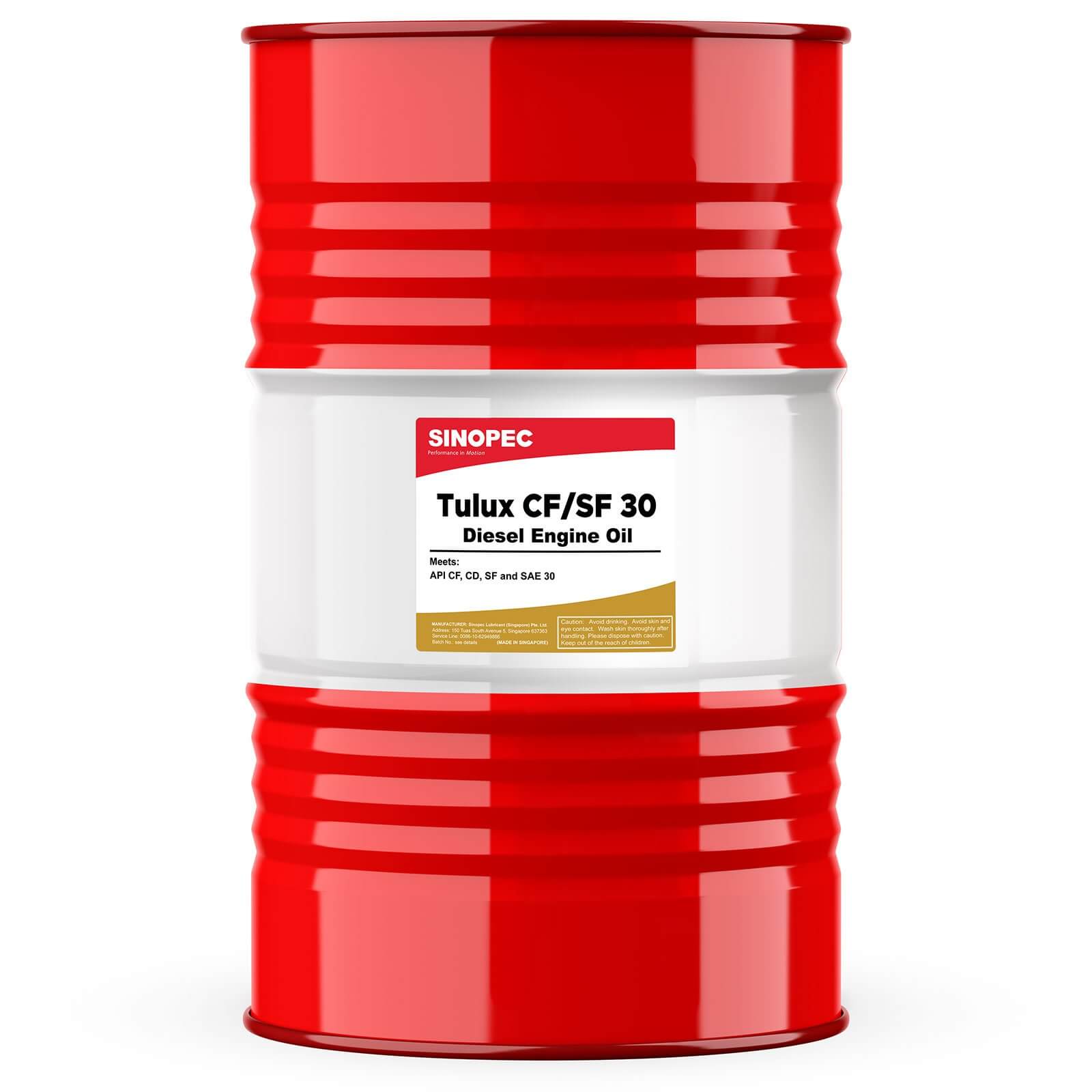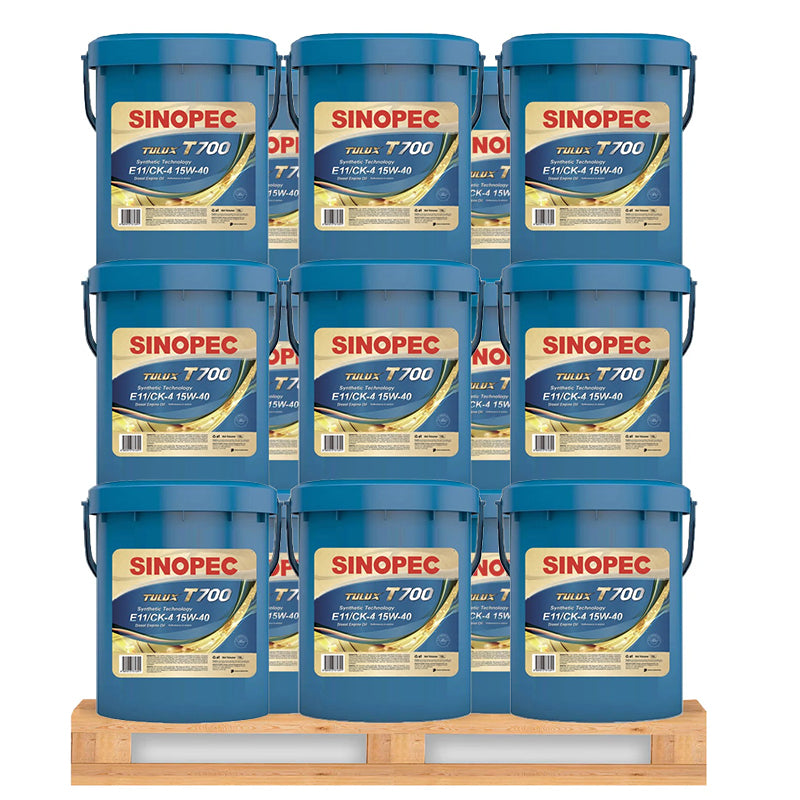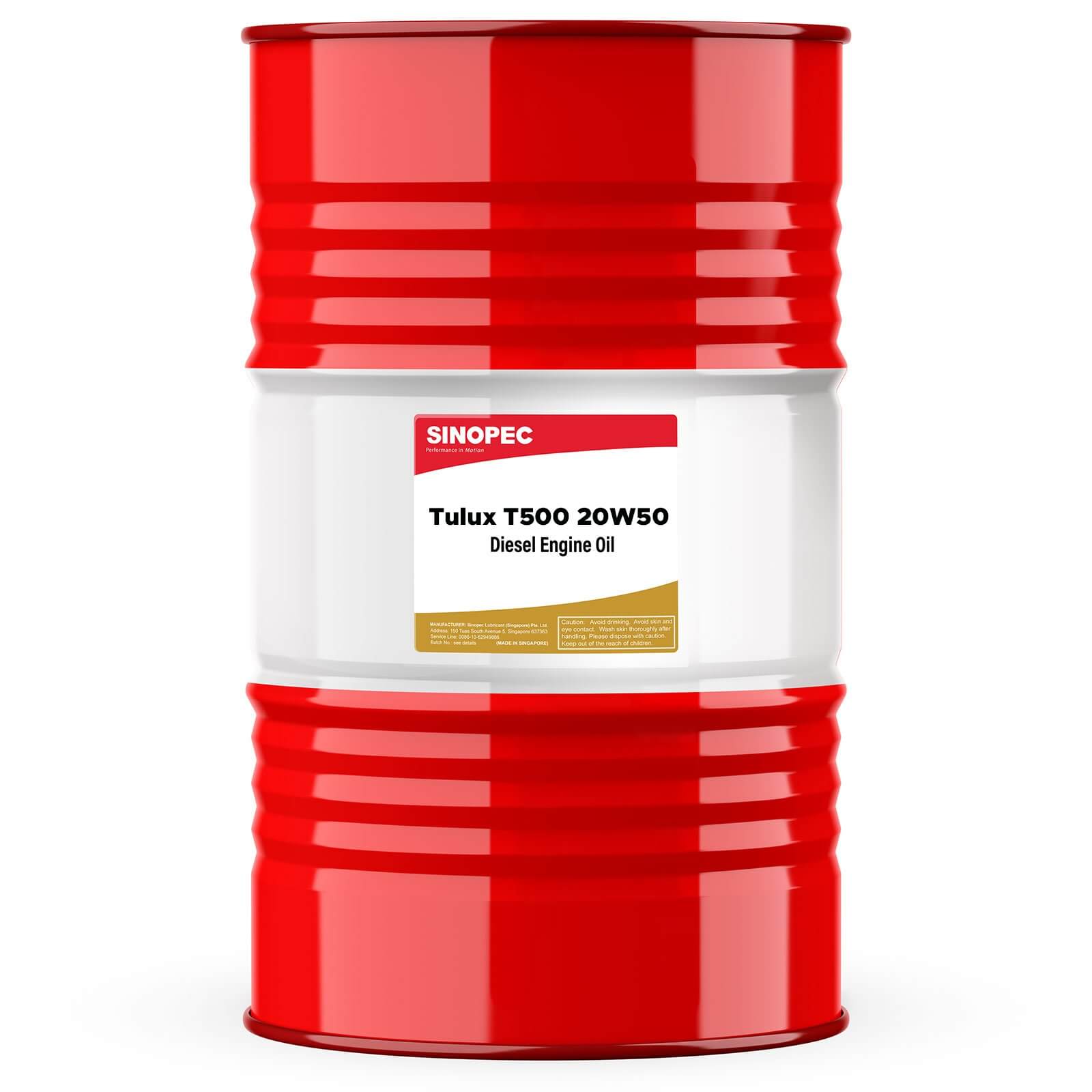Hydraulic systems are the unsung heroes in many industrial and mobile applications, from manufacturing equipment to construction machinery. One of the simplest yet most effective ways to gauge the health of your hydraulic system is by observing the color of its oil. In this article, we'll explore what different hydraulic oil colors mean and how they can help you maintain optimal system performance.
Ensure your hydraulic system stays in peak condition with Sinopec's premium hydraulic oils.
The Color Spectrum of Hydraulic Oil
- Clear to Light Amber: Fresh Oil New hydraulic oil typically ranges from clear to a light amber color. This is the baseline you should remember for future comparisons.
Experience the clarity of fresh hydraulic oil with Sinopec's high-quality products. Shop now!
- Darker Amber: Normal Operation As hydraulic oil circulates through the system, it may darken slightly to a deeper amber color. This is normal and doesn't necessarily indicate a problem.
- Light Brown: Early Signs of Oxidation When hydraulic oil starts turning light brown, it could be an early sign of oxidation. While not immediately alarming, it's worth monitoring more closely.
- Dark Brown: Advanced Oxidation Dark brown oil suggests advanced oxidation. At this stage, the oil's protective properties may be compromised, and a change might be necessary.
- Milky or Cloudy: Water Contamination If your hydraulic oil appears milky or cloudy, it's likely contaminated with water. This is a serious issue that requires immediate attention to prevent system damage.
- Black: Severe Contamination or Overheating Black hydraulic oil indicates severe contamination or that the oil has been exposed to extremely high temperatures. This requires immediate oil change and system inspection.
- Metallic Sheen: Particle Contamination A metallic sheen or sparkle in the oil suggests the presence of metal particles, which could indicate excessive wear in system components.
Protect your hydraulic system from wear and contamination. Discover Sinopec's range of high-performance hydraulic oils.

Factors Affecting Hydraulic Oil Color Change
Several factors can influence how quickly your hydraulic oil changes color:
- Operating Temperature: Higher temperatures accelerate oil degradation and color change.
- Contamination: Ingress of water, air, or particles can alter oil color.
- Oil Quality: Higher quality oils, like those offered by Sinopec, may maintain their color longer due to better additives and base stocks.
- System Condition: Older or poorly maintained systems may cause oil to darken more quickly.
The Importance of Regular Oil Checks
While color is a useful indicator, it shouldn't be the only factor in determining when to change your hydraulic oil. Regular oil analysis provides more detailed information about oil condition and system health. However, visual inspections offer a quick and easy way to spot potential issues between scheduled maintenance.
Make regular oil checks easier with Sinopec's clear, high-quality hydraulic oils. Order now and see the difference!
Tips for Checking Your Hydraulic Oil Color:
- Use a clean, clear container to draw an oil sample for color inspection.
- Check the oil color under good lighting conditions.
- Compare the current oil color to fresh oil or your baseline reference.
- Keep a log of oil color changes to track trends over time.
- Consider using an oil sight glass for easier regular inspections.
Don't leave your hydraulic system's health to chance. Invest in Sinopec's premium range of hydraulic oils designed to keep your system running smoothly and efficiently. Visit our website at [www.buysinopec.com] to explore our selection of hydraulic oils. Whether you're looking for standard hydraulic fluids or specialized formulations, we have the right product for your needs. Order now and give your hydraulic system the care it deserves!

